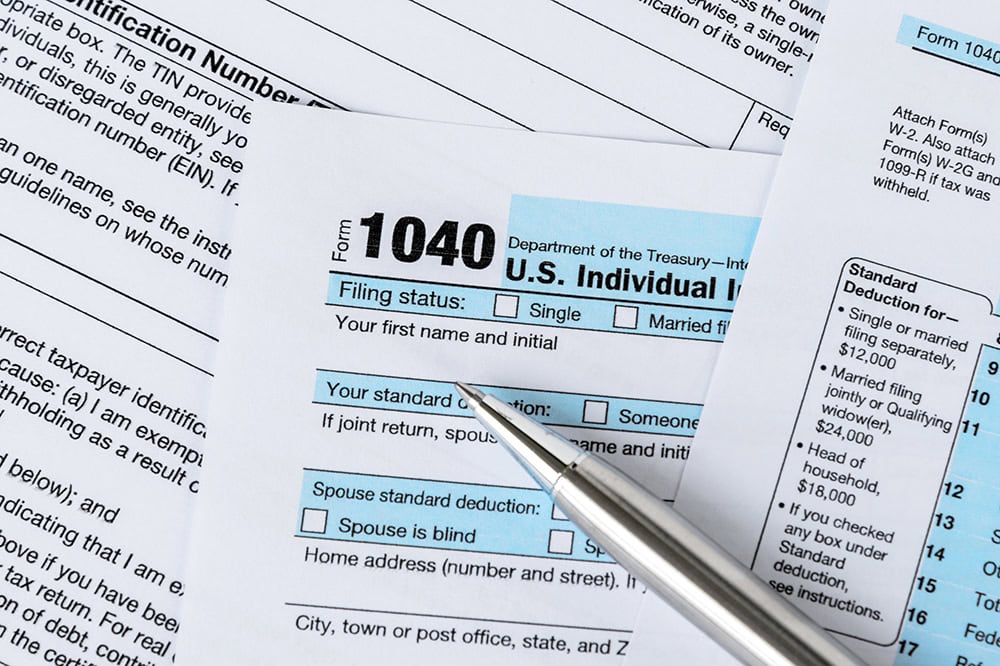Fiscal Lessons Ten Years after Financial Crisis

NEW YORK — Michael A. Peterson, Chairman and CEO of the Peter G. Peterson Foundation, commented today on the ten-year anniversary of the 2008 financial crisis. Peterson said:
“As we look back over the last ten years since the painful 2008 financial crisis, there are many valuable lessons for America. In addition to the fundamental financial, business and economic lessons, we must also consider the fiscal lessons.
“Entering the crisis, debt held by the public was $5 trillion, or 35% of GDP, which is a reasonable level. A key reason why we were able to recover faster than other countries was because lawmakers had the fiscal flexibility to respond, and the government had the clear ability to fund the ensuing large deficits that were triggered by the crisis.
“Ten years later, we are in a far different position. Our debt has more than doubled as a share of the economy. Worse yet, ten more years have gone by without any solutions to our long run structural deficits, which stem from predictable demographic challenges. As a result, we now find ourselves on a path of permanently rising deficits going forward. We will likely return to trillion-dollar deficits next year, and interest costs alone will total nearly $7 trillion over the next decade.
“Now that our economy has significantly recovered, it is the perfect time to begin a process to get our fiscal house in order. Instead, Washington has been making our fiscal outlook worse, adding trillions to our growing national debt in just the last year.
“The primary reason not to over-borrow is that it hurts our economy. Interest costs crowd out private and public investments, diminishing opportunity and incomes. But another major reason is that high levels of debt make a financial crisis both more dangerous and more likely.
“No one wants another crisis like 2008. Policymakers who care about the future of America should use this anniversary as a reminder to take the steps necessary to position the country for fiscal stability and economic prosperity.”
U.S. Fiscal Health: 2008 vs. 2018
- At the beginning of fiscal year 2008, debt held by the public was $5 trillion and the debt-to-GDP ratio was 35%.
- Now, debt held by the public stands at $16 trillion and represents more than 75% of GDP. Moreover, those numbers are set to rise sharply in coming years, owing to a wave of demographic changes and budget choices.
- Gross federal debt, which is comprised of both debt held by the public and intra-governmental debt, was $9 trillion at the beginning of 2008 and exceeds $21 trillion today.
- As soon as next year, we could return to trillion dollar annual deficits — an amount last seen in 2012 in the aftermath of the Great Recession.
- Interest costs alone are projected to total $7 trillion over the next decade, rising to become the third-largest program in the federal budget.
Further Reading
Budget Basics: What Is the Child Tax Credit?
The CTC provides assistance to families with children, and while it represents a relatively modest part of overall government spending, it is one of the largest tax expenditures.
Budget Basics: Tax Expenditures
Tax expenditures can come in the form of exclusions, exemptions, deductions, and credits.
What Are the Economic Costs of Child Poverty?
Child poverty is higher in the United States than in other wealthy countries. Studies show that it has quantifiable economic costs.


